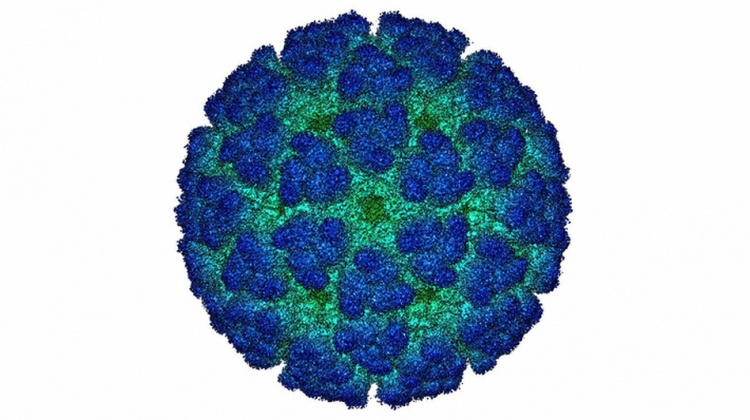Well, look what showed up on our doorstep.
The Western Hemisphere has an unwelcome visitor: a painful tropical illness called chikungunya fever.
And it doesn't look like the hard-to-say illness is leaving anytime soon. (You can hear how to pronounce it here.)
After being a problem in Africa and southern Asia for decades, the chikungunya virus has made its way to the Caribbean, the World Health Organization said Tuesday.
The virus cropped up in the French part of St. Martin in October. Since then, it has infected at least two people, WHO said. About twenty more cases are likely.
"This is the first time that locally acquired transmission of chikungunya has been detected in the WHO Americas Region," the agency said in a statement.
Global health researchers have been predicting the mosquito-borne illness would come our way sooner rather than later.
The chikungunya virus attacks the joints, and causes fever, headaches and arthritis symptoms. The disease usually goes away after a few days. But sometimes the joint pain can last for weeks, even months.
In fact, the muscle and joint pain are infamous and give the disease its name. Chikungunya roughly translates to "that which bends up" in the Makonde language, describing the stooped posture of a person infected with the virus.
There are no treatments or vaccines for chikungunya. But fatalitis are rare, the Centers for Disease Control and Prevention says. And once you've been infected, you're likely to have lifelong immunity.
The only way to prevent it is to stay away from its source — the Aedes mosquitoes.
Since scientists first discovered chikungunya in Tanzania in 1955, the virus has hung out primarily in sub-Saharan Africa and southern Asia. But in 2006, a giant outbreak in India sickened more than a million people. One infected man hopped on a plane and brought the virus to Italy.
Chikungunya established a foothold in the country and spread to nearly 200 people. And it turned out, it also brought another unpleasant surprise to Europe: a fresh way to spread around communities.
Up to that point, scientists had thought the virus was only transmitted by Aedes aegypti — a mosquito that prefers warm, tropical climates. But in Italy, the virus was spreading by the Asian tiger mosquito, an insect that can tolerant more temperate environments. Further research found that, indeed, the virus had mutated and gained the ability to spread through the tiger mosquito, A. albopictus.
That adaptation could spell trouble for the U.S. Both A. aegypti and A. albopictus are found in the southern U.S. The tiger mosquito has a much broader range and thrives as far north as Chicago.
Just as dengue fever has started to creep back into Florida and Texas, some global health researchers are concerned that chikungunya will eventually make its way to the U.S.
9(MDEwMDc1MzM3MDEzNDczOTA0MDc1MzViMQ001))
 DONATE
DONATE








 View More Programs
View More Programs

 Support WFYI. We can't do it without you.
Support WFYI. We can't do it without you.